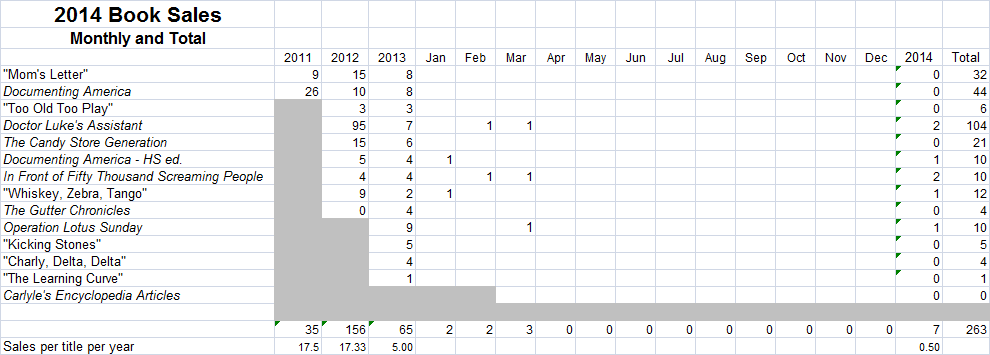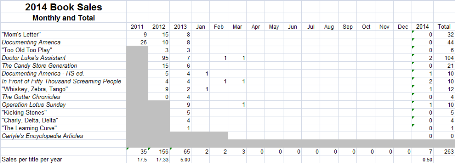In terms of completed books, my first was Doctor Luke’s Assistant, and my second was Father Daughter Day. I haven’t talked about this for a while. It’s a story, told in a series of poems, about a weekend day a dad has promised to spend with his daughter. He at first doesn’t want to fulfill his commitment, but does, and winds up more blessed than she was.
This has been finished since 2006, though I’ve tweaked a few of the poems in the years since then. My original plans were to seek a trade publisher for this. Alas, I quickly saw that wasn’t going to happen. It was too Christian for the general market, not Christian enough for the Christian market. And who reads poetry anyway? I didn’t submit it to many places, but I discussed it with some editors and agents, and let’s just say I wasn’t encouraged to continue to seek trade publication.
I haven’t self-published it because I felt that it would be better as an illustrated book. I mean a richly illustrated book, with a black and white sketch-type illustration on each page, tied in to the text on the page. Nothing fancy, simple sketches. Yet, when you figure the book would run 75 pages when formatted as poetry books usually are, and maybe 150 pages with room for illustrations, meant perhaps as many as 150 of these sketches/illustrations. How could I get that done?
My first thought was to have an art class do it as a kind of practicum course. I checked with two local high schools. One principal didn’t get back with me. When I saw him six months later and asked about it, he said, “We’re just not big enough to handle that kind of project.” I resisted the urge to reply, “That information would have been quite helpful six months ago.” A teacher at the other high school gave me the name of the art teacher. I contacted her, and she seemed genuinely interested. She said she would contact her principal about it. That was the last I heard from her. Four years later I’m still waiting (not really; gave up a long time ago).
I also contacted the art departments of two Christian colleges, via e-mail. In one case I had a recommendation via a writing professor at that college. In both of these cases, I never received a reply to my e-mail. It was kind of like submitting an unsolicited query to a Christian literary agent. The submittal/request/query goes off into the ether, never to be seen or heard from again.
Moving on to Plan B, I started talking with some artists. I discovered a cousin’s wife was an artist. She seemed interested, but declined, the birth of their first child being an obviously greater priority. One woman I met at a writers conference was interested, but was far to busy in her studies to take on a project of this size. Other leads of artists came up. I discussed it with them, and either none were particularly interested or the project was too big for them. I can understand that. Up to 150 illustrations that fit the context of the story, even if they are simple, is a big project, especially if a few of them are made more artistic for use as covers or full page inserts. I have no money to pay someone, so they would have to take the work on for a share of the royalties, which are a very uncertain remuneration. So I’m stuck.
A couple of nights ago I decided to just go ahead and self-publish the book as an un-illustrated paperback. I have one more poem I’d like to add to it, one that I’ve started on a few times but could never get it to where I liked it. I have a few conceptual sketches for the cover (or at least the title), which I’ll do myself. The interior formatting won’t be a very difficult thing.
So, before the end of the year, Father Daughter Day will be one of my publications. In a follow-up post I’ll re-set my publishing schedule.









